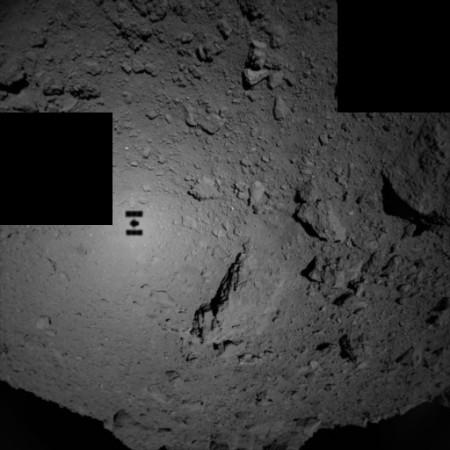The European Space Agency (ESA) has just released its best images covering the last week and they are simply stunning. Just over the last seven days or so, the agency has been busy covering news that stretched from hurricanes to landing a hopper on a faraway asteroid.
Super Typhoon Trami
This image, shot by International Space Station (ISS) astronaut Alexander Gerst was taken directly above a tropical storm earlier this week. From an altitude of 400 km from the surface of the Earth, the image. This category 5 typhoon is one of the biggest this year and is currently roaring toward Taiwan and Japan. On taking this fearsome image, Gerst commented that it seemed as though, "somebody pulled the planet's gigantic plug. Staring down the eye of yet another fierce storm."
Earlier this month, Hurricane Florence, a storm that people feared might be one of the first category 6 storms also locked down on the American east coast.
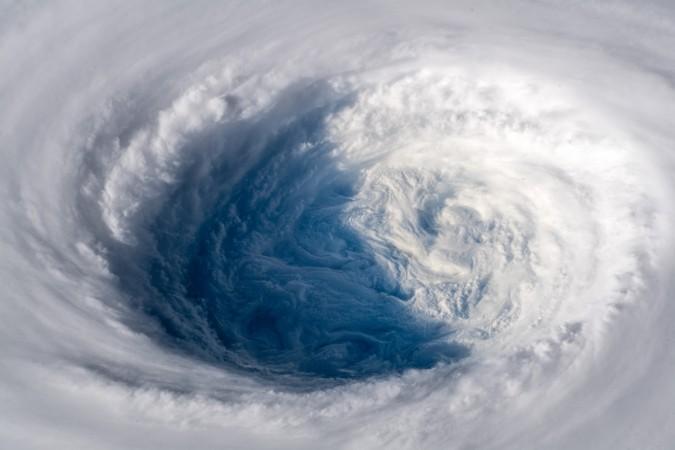
Gravitational lensing
The image above was captured in collaboration with NASA's Hubble Space Telescope and ESA. One can see a mix of galaxies, says the ESA some of them belong to the same large cluster. Right in the middle of the image, for example, sits the galaxy cluster SDSS J1050+0017.
The image looks distorted from the because the massive size of the cluster itself is able to display strong gravitational lensing. This is a phenomenon where gravity if it is strong enough from the cluster, can bend light. ESA explains this as an effect that is similar to the way a wine glass' base distorts light coming through it.
This lensing effect can be rather clearly seen where curved streaks make the image take circular shapes toward the centre of the frame. It is possible for astronomers to use the way the galaxies are distorted to calculate the actual mass of said cluster and this includes the mass of the dark matter in it, says the ESA. Since it works like a lens, it makes it possible to look deep into the Universe, more than otherwise possible. Gravitational lensing magnifies the view of galaxies and gives an enlarged view of the night sky.
This is one of the ways in which some of the most distant galaxies in the Universe were spotted, notes the ESA.
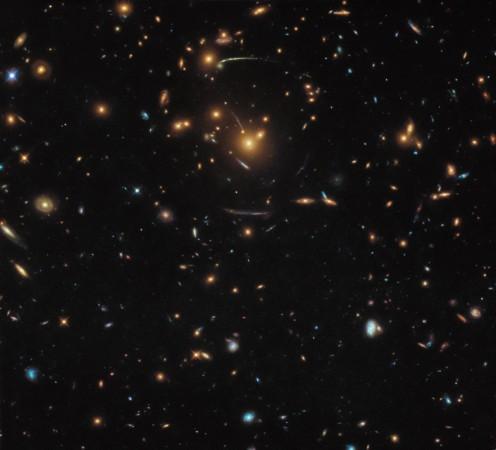
Launch number 100 of the Ariane 5 V243 rocket
The European launch vehicle Ariane 5 V243 just made its 100th flight this week. It lifted a dual payload, carrying the Horizons 3e and Azerspace-2/Intelsat 38 telecommunications satellites from the European Spaceport's ELA-3 launch zone. Arianespace is also likely to be the company that will launch the ExoMars rover in 2020 as well.
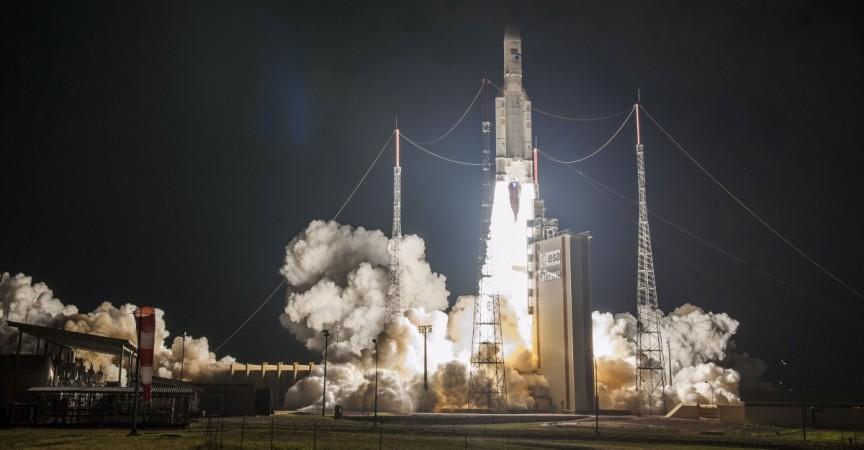
The Italian landscape as seen from space
The Copernicus Sentinel-1B satellite made this stunning image over central Italy. Seen in this image are the Apennine Mountains in the top right and the Avezzano plain in the centre-right—a former lake bed. The image was taken in false colour and it captures the sheer diversity of the region, notes the report.
Dual-polarisation radar technology makes the land surface look green and the built-up areas, like Rome, take red and pink hues. Agricultural fields are seen in combinations of blue and violet.
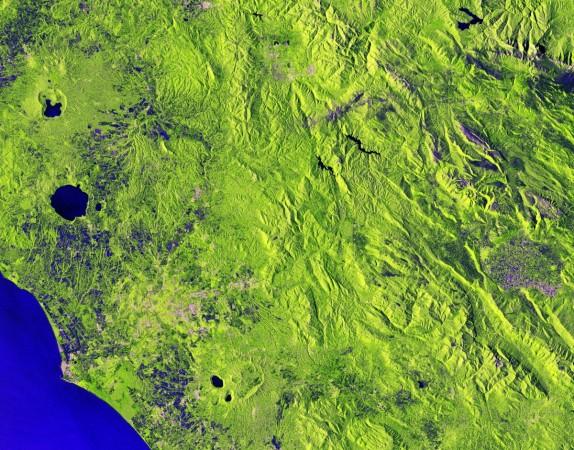
Hayabusa2 and asteroid Ryugu
One of the biggest space events of the year happened last week on 21 September. At a distance of 280 million km from Earth, Japanese asteroid hunter Hayabusa2 landed on asteroid Ryugu. After 4 years in flight, the 1.5 square metre spacecraft captured this image as it approached this 4.6 billion-year-old asteroid.
Operated by the Japanese Space Agency (JAXA), and supported in part by ESA's Estrack Malargüe deep-space tracking station, the spacecraft has four small landers designed to investigate the asteroid's surface. They will each land on the space rock and hop from place to place, taking full advantage of the low gravity situation and explore it thoroughly, notes the report.
